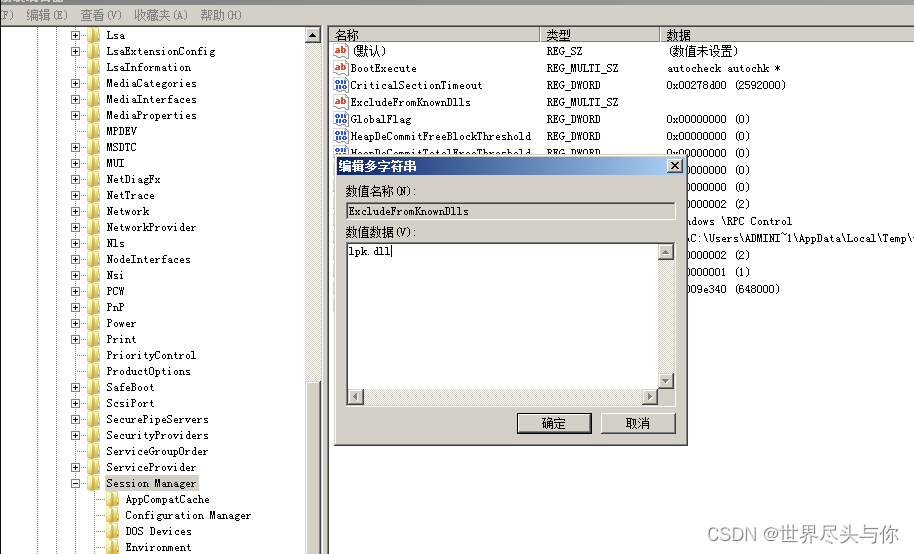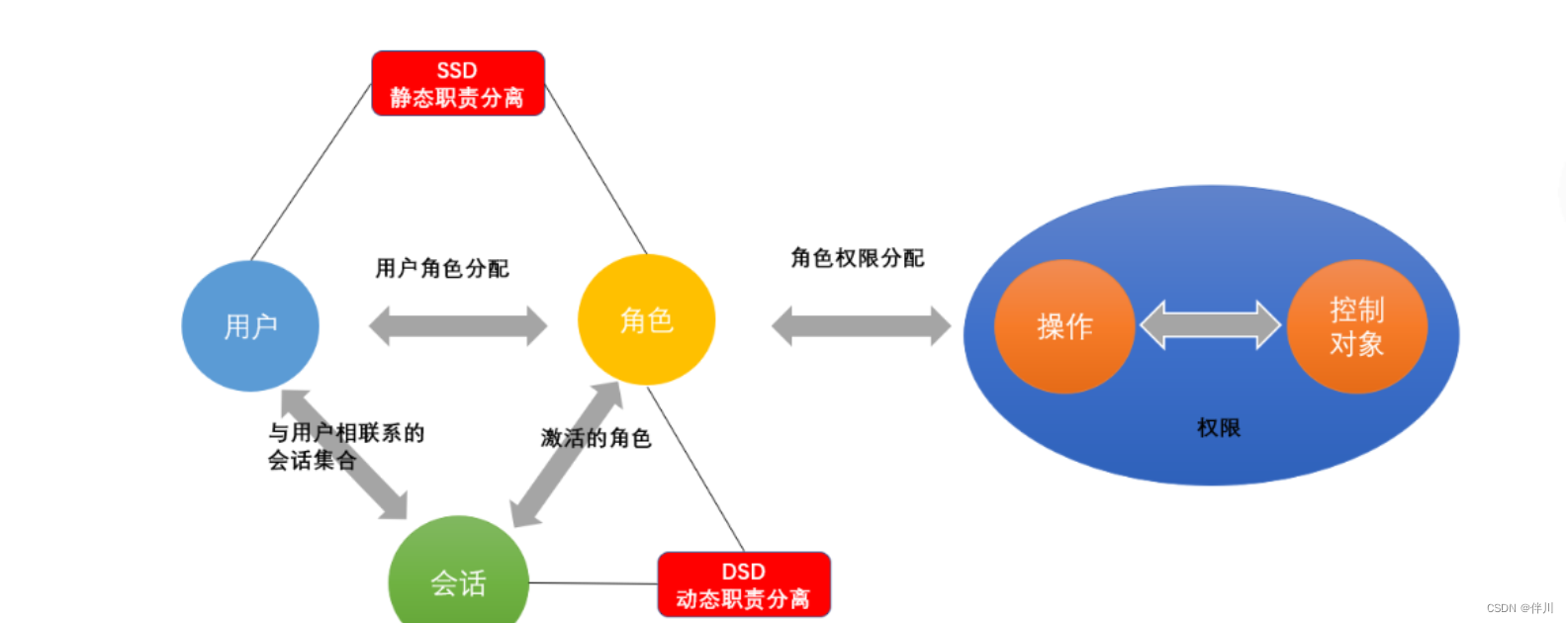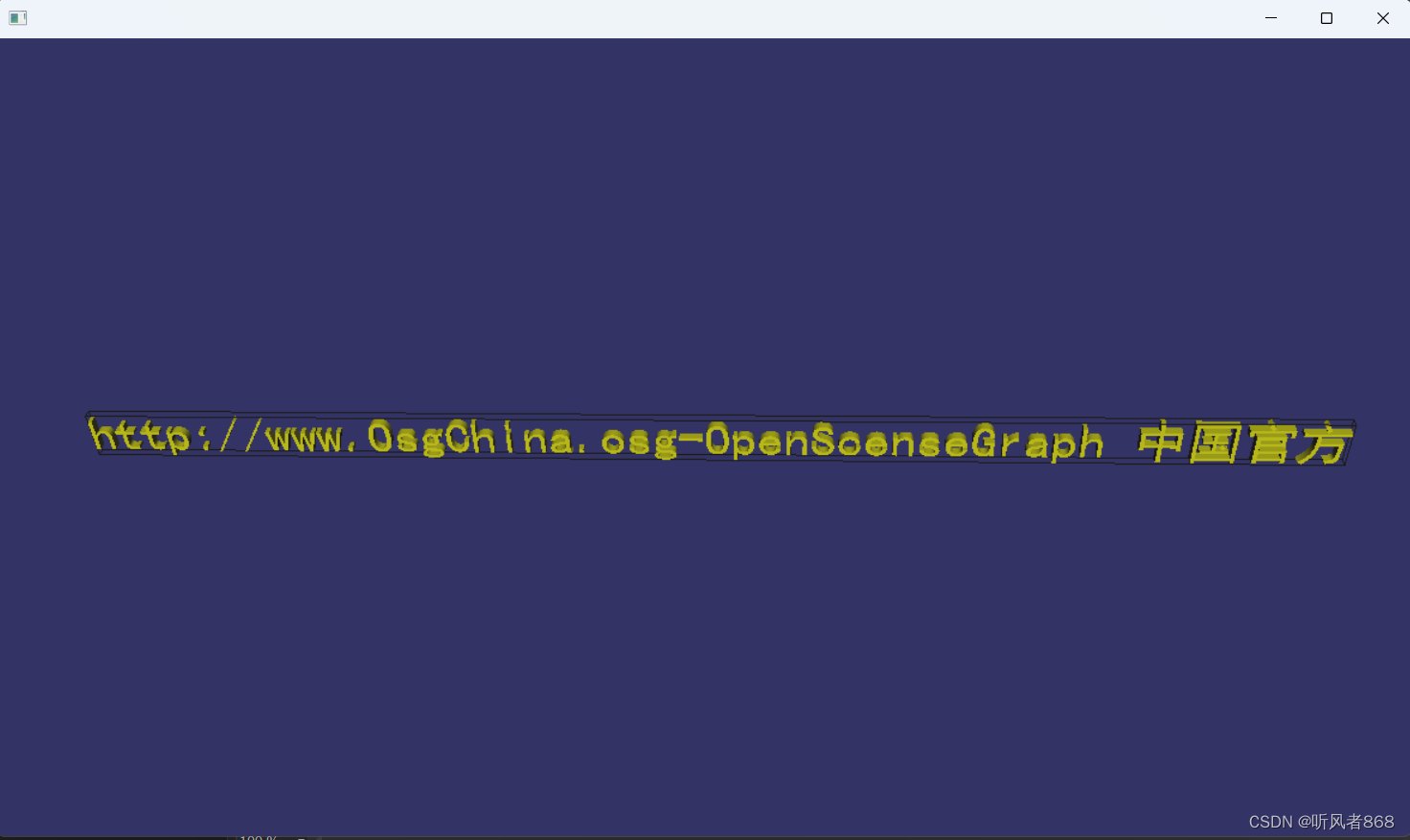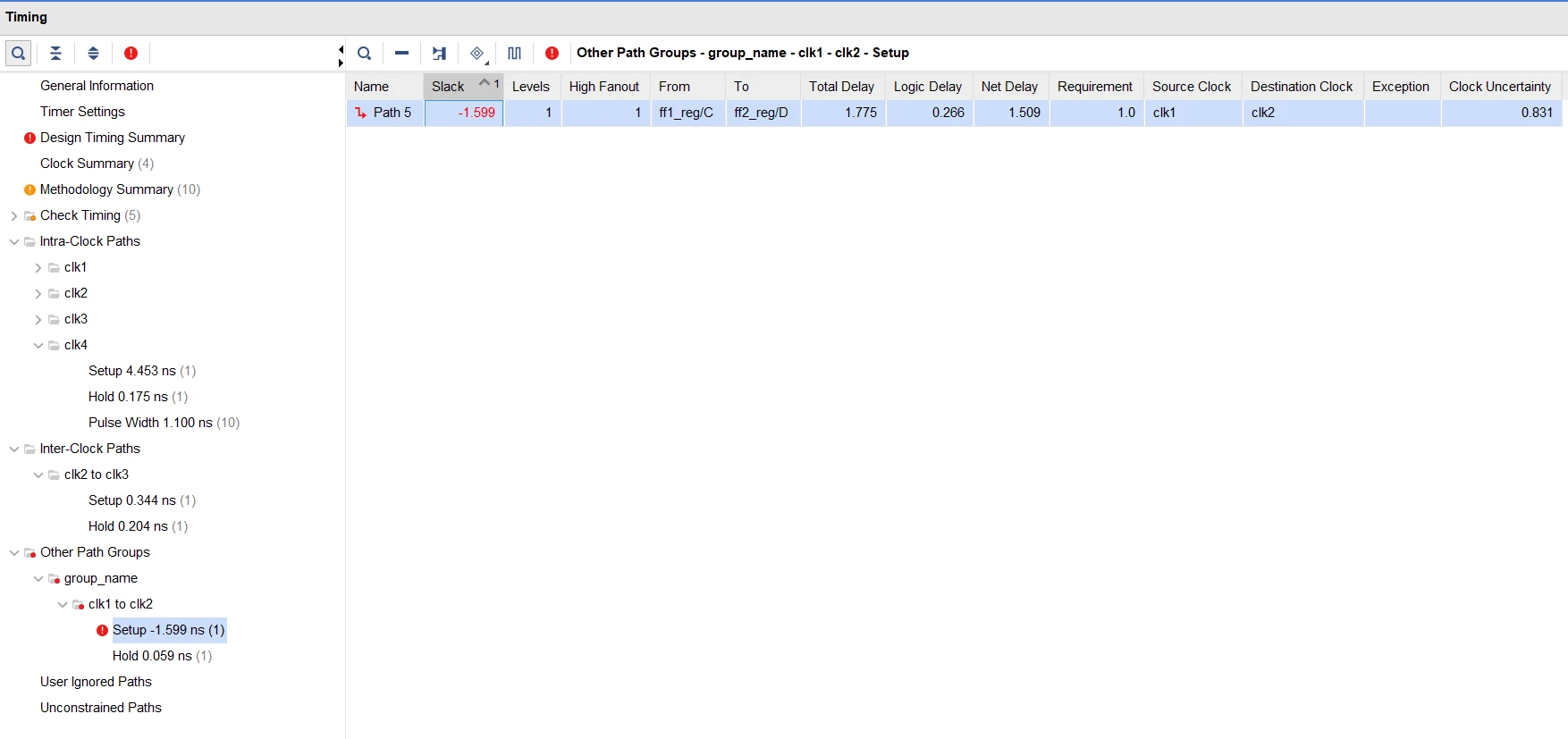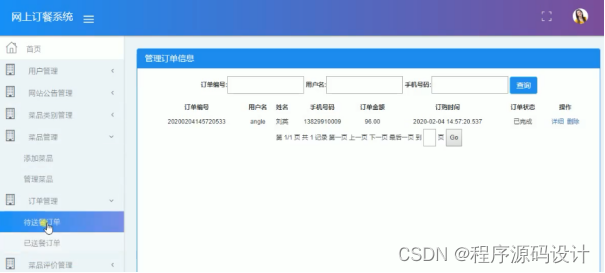概念
异常事件(如:除 0 溢出,数组下标越界,所要读取的文件不存在 , 空指针,内存不足
等等)
在 C 语言对错误的处理是两种方法:
一是使用整型的返回值标识错误;
二是使用 errno 宏(可以简单的理解为一个全局整型变量)去记录错误。
C++ 异常不可忽略 ( 如果忽略,进程结束 ) 。
异常作为一个类,可以拥有自己的成员,这些成员就可以传递足够的信息。
抛出异常 ----> 捕获异常。
示例:
int main(int argc, char *argv[])
{int num = 10 / 0;cout << "OVER" << endl;return 0;
}
//不会显示OVER,程序异常结束抛出异常
语法:throw 值或变量;
例如:
throw 0;
throw 1.1;
throw 'a';
throw "abc";
捕获异常
语法:
try{
可能会产生异常的代码
111
222 出现异常
333
}
catch( 数据类型 1 变量名 )
{
当throw 的值与数据类型 1 相同进入此处
}
catch( 数据类型 2 变量名 )
{
当throw 的值与数据类型 2 相同进入此处
}
...
catch(...)
{
当throw 的值以上数据类型都不相同进入此处
}
示例
#include <iostream>
#include <cstring>
using namespace std;
//异常步骤,抛出异常,捕获异常
int mydiv(int a,int b)
{if(b == 0){// 抛出异常int num = 0;throw num;}return a / b;
}
void test01(){try{mydiv(10,0);}catch(int e){cout << e << endl;}catch(char const* s){cout << s << endl;}catch(...){cout << "其他异常" << endl;}
}
int main(int argc, char *argv[])
{test01();return 0;
}栈解旋
概念
异常被抛出后,从进入 try 块起 , 到异常被抛掷前 , 这期间在栈上构造的所有对象 , 都会
被自动析构。析构的顺序与构造的顺序相反 , 这一过程称为栈的解旋
示例
class A{
private:
int num;
public:
A(int num):num(num)
{cout << "构造函数" << num << endl;
}
~A()
{cout << "析构函数" << num << endl;
}
};
void test02()
{A a1(1);A a2(2);throw 0;
}
int main(int argc, char *argv[])
{try{test02();}catch(...){}return 0;
}结果
构造函数1
构造函数2
析构函数2
析构函数1
异常的接口声明
作用
限定异常抛出的类型种类
语法
返回值类型 函数名( 形参列表 )throw( 数据类型 1, 数据类型 2,...)
{
函数体
}
注意:
声明异常后,当前函数中只能抛出指定类型的异常
throw():不允许抛出任何异常
示例
void fun01()throw(int,char)
{// throw 10;//可以// throw 'a';//可以// throw 3.14f;//不可以
}
void test03(){try{fun01();}catch(int){cout << "int的异常" << endl;}catch(char){cout << "char的异常" << endl;}catch(float){cout << "float的异常" << endl;}
}
int main(int argc, char *argv[])
{test03();return 0;
}异常对象的生命周期
示例1:抛出异常对象
#include <iostream>
#include <cstring>
using namespace std;
class B{
private:int num;
public:B(int num):num(num){cout << "构造函数" << num << endl;}B(const B& b){this->num = b.num;cout << "拷贝构造" << num << endl;}~B(){cout << "析构函数" << num << endl;}
};
void fun02()
{throw B(10);
}
void test04()
{try{fun02();}catch(B b){}
}
int main(int argc, char *argv[])
{test04();cout << "OVER" << endl;return 0;
}结果
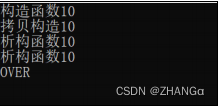
示例2:抛出异常对象指针
#include <iostream>
#include <cstring>
using namespace std;
class B{
private:int num;
public:B(int num):num(num){cout << "构造函数" << num << endl;}B(const B& b){this->num = b.num;cout << "拷贝构造" << num << endl;}~B(){cout << "析构函数" << num << endl;}
};
void fun02()
{throw new B(10);
}
void test04()
{try{fun02();}catch(B *b){}
}
int main(int argc, char *argv[])
{test04();cout << "OVER" << endl;return 0;
}结果:
示例3:抛出异常对象引用
#include <iostream>
#include <cstring>
using namespace std;
class B{
private:int num;
public:B(int num):num(num){cout << "构造函数" << num << endl;}B(const B& b){this->num = b.num;cout << "拷贝构造" << num << endl;}~B(){cout << "析构函数" << num << endl;}
};
void fun02()
{throw B(10);
}
void test04()
{try{fun02();}catch(B &b){}
}
int main(int argc, char *argv[])
{test04();cout << "OVER" << endl;return 0;
}结果:

异常的多态
概念 : 子类异常对象可以被父类异常类型捕获
示例1:
class BaseException{};
class MyException01:public BaseException{};
class MyException02:public BaseException{};
void test05()
{try{throw MyException01();}catch(BaseException){cout << "可以捕获子类异常" << endl;}
}
int main(int argc, char *argv[])
{test05();return 0;
} 示例 2: 子类异常重写父类虚函数
class BaseException{
public:virtual void printMsg(){}
};
class NullException:public BaseException{
public:virtual void printMsg(){cout << "空指针异常" << endl;}
};
class ArrOutException:public BaseException{
public:virtual void printMsg(){cout << "数组下标越界异常" << endl;}
};
void test05()
{try{throw NullException();}catch(BaseException &e){e.printMsg();}
}
int main(int argc, char *argv[])
{test05();return 0;
}标准异常库
简介
标准库中也提供了很多的异常类,它们是通过类继承组织起来的。异常类继承层级 . 结构图
所示
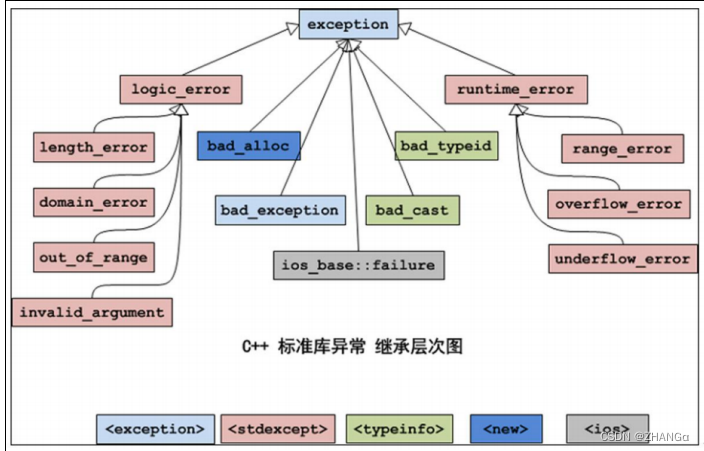
标准异常使用
void test06()
{try{throw bad_alloc();}catch(exception &e){cout << e.what() << endl;}
}
int main(int argc, char *argv[])
{test06();return 0;
}自定义异常
步骤
1,定义一个类
2,继承与异常类
3,重写 wait 方法
示例
class my_exception:public exception
{
private:char* msg;
public:my_exception(){}my_exception(char* msg){this->msg = msg;}const char *what()const noexcept{return msg;}
};
void test07()
{try{throw my_exception("自定义异常");}catch(exception &e){cout << e.what() << endl;}
}
int main(int argc, char *argv[])
{test07();return 0;
}